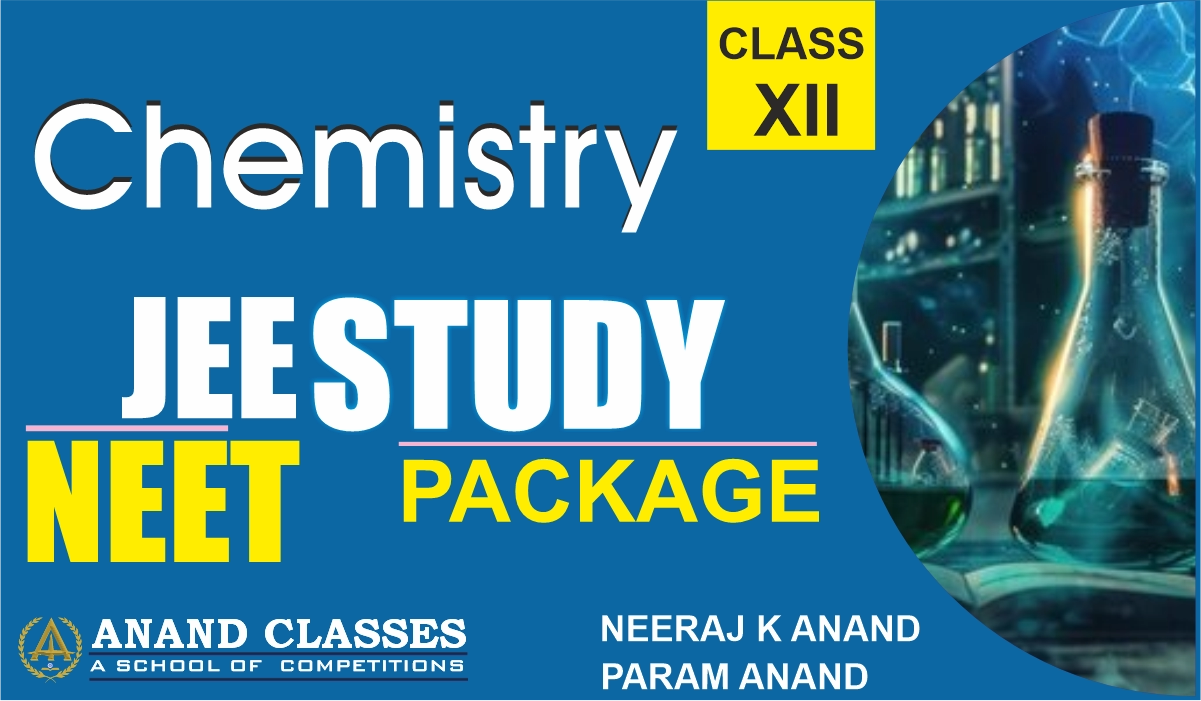Kohlrausch Law Questions – Practice Questions of Kohlrausch Law with Answer & Explanations

Kohlrausch Law directs the electrolyte’s limiting molar conductivity with its constituent ions. It displays that at infinite dilution equivalent conductivity ...
Read moreKohlrausch Law and Applications of Limiting Molar Conductivity

Kohlrausch Law refers to an electrolyte’s limiting molar conductivity to its constituent ions. It indicates that an electrolyte’s limiting molar ...
Read moreFaraday's Laws of Electrolysis – First Law and Second law

Electrolysis is the use of electric current to stimulate a non-spontaneous chemical reaction. In electrolysis, an electric current is passed ...
Read moreFaraday’s Laws of Electrolysis – First & Second Law of Electrolysis, FAQs

What is an Electrolytic Cell? Electrochemical cell which facilitates a chemical reaction through the induction of electrical energy is known ...
Read moreElectrolysis-Definition, Process, Applications, Electrolysis of Water

Electrolysis was first popularised in the 19th century by Michael Faraday. It is a process that helped in the study ...
Read moreCorrosion-Definition, Corrosion Types, Rusting, Effects, Prevention

What is Corrosion ? Corrosion is one of the most common phenomena that we observe in our daily lives. You ...
Read moreFuel Cell-Definition, Working, Types, Applications

What is a Fuel Cell? Fuel cell can be defined as an electrochemical cell that generates electrical energy from fuel ...
Read moreBattery Types, Primary & Secondary Cell, Uses & Applications

What is a Battery? Battery is a device consisting of one or more electrical cells that convert chemical energy into ...
Read moreElectrolytic Cell – Definition, Diagram, Working, Applications, FAQs

What is an Electrolytic Cell? An electrolytic cell can be defined as an electrochemical device that uses electrical energy to ...
Read moreElectrolytic Conduction – Factors affecting Electrolytic Conductance

We know that metals are good conductors of electricity as they have a pool of free electrons that flow under ...
Read more

